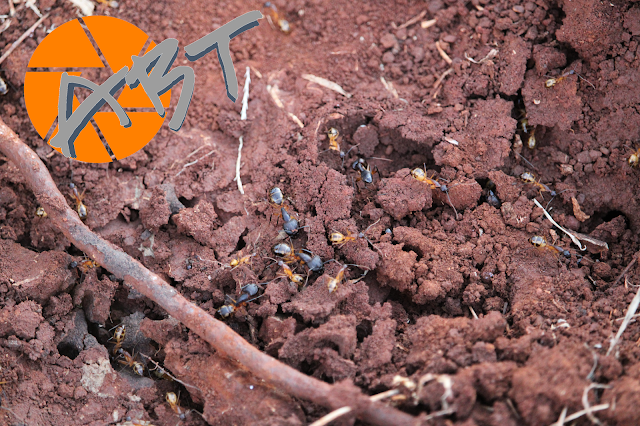Investigating Sugar Ant's (Camponotus) #CritterThursday
This species vary greatly in shape, size and colour. They range
from 2.5 to 15 mm, and are some of the most often seen ants due to their size
and often bright in colouring.
They often nest in a variety of sites ranging from holes in
wood to the roots of plants, twigs of trees and shrubs, between rocks or in the
soil.
They can also be seen during the day however, they are most
active at night.
They are unable to sting, but they do possess strong
mandibles which can bite. In self-defense these ants are also able to spray
acid from their abdomens to deter predators.
They feed on dead and lives insects, household waste and are
attracted by sweet food.
They rarely enter houses and the ant’s life cycle passes
through egg, larva, pupa and adult phases.
Castes:
Ant colonies consist of various castes which perform
different functions in the colony.
Reproductives - The reproductive males and females have the
task of reproducing. Depending on the species, only one or more females
reproduce and are called the queen/s. Pest species tend to have more than one
queen. Males are initially winged and are mostly only present and involved
during the forming of a new colony.
Workers - The workers (sterile females) nurse larvae and
take care of the queen, build and repair the nest and forage for food. Normally
the foragers that are seen above ground represent 10 % of the total colony.
Soldiers - The soldiers' protect the colony from intruders
and might participate in foraging.
Contact us at info@africanbushtraining.com




Comments
Post a Comment